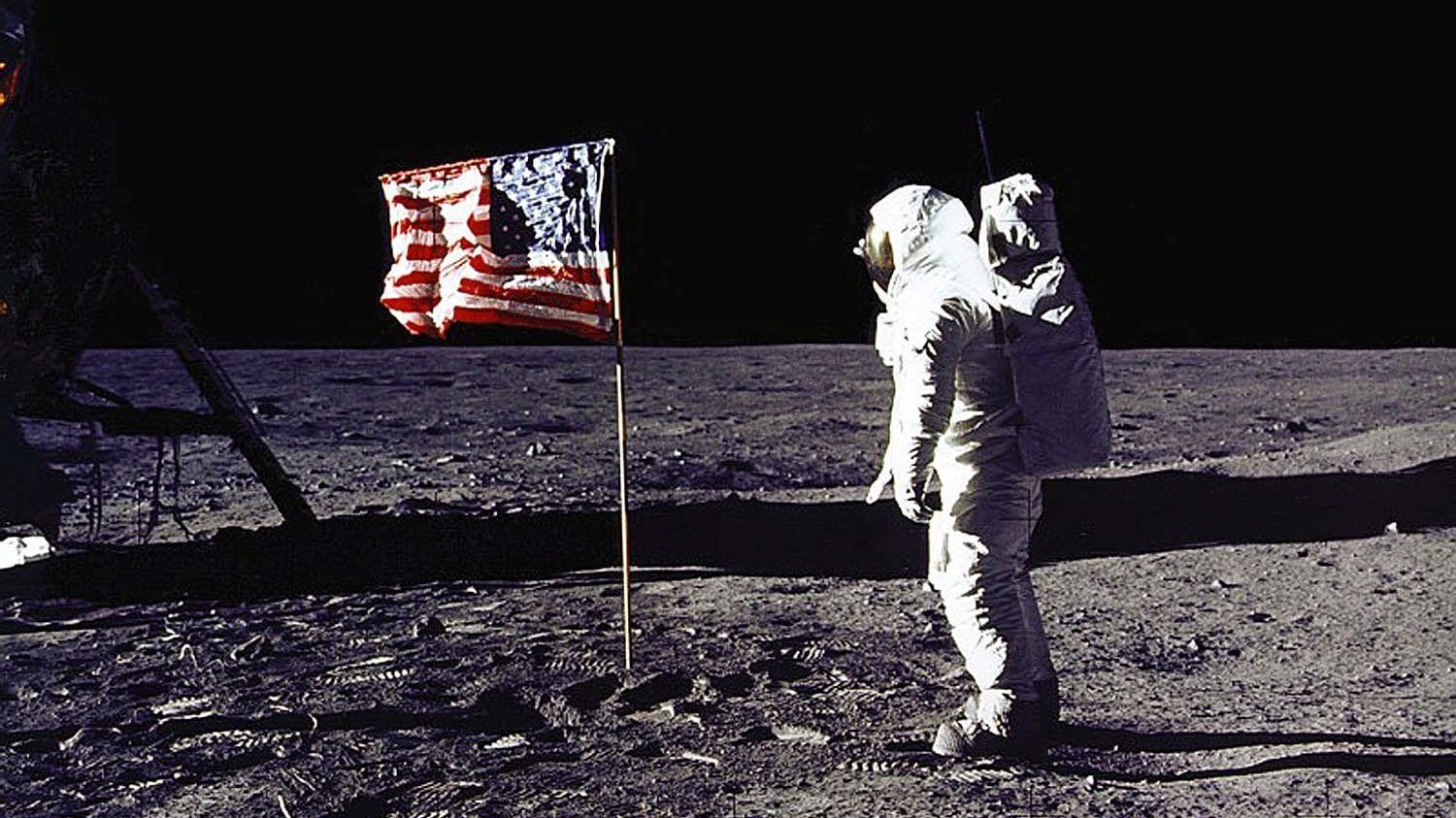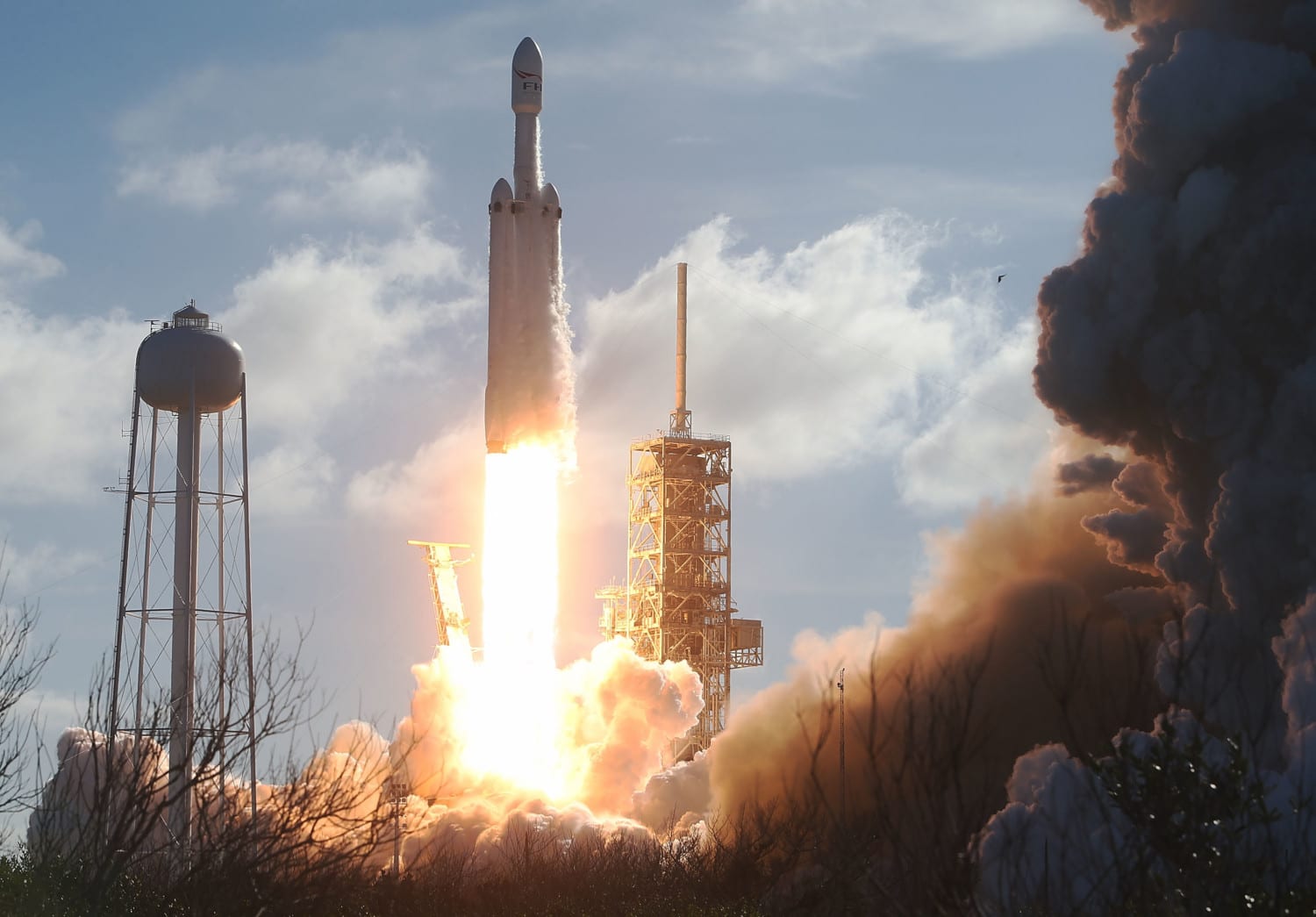11 interesting facts about the Apollo 11 mission

It’s been 50 years since Neil Armstrong so famously uttered the first words from the surface of the moon — “One small step for man, one giant leap for mankind.” As part of the Apollo 11 mission, he and fellow pioneering astronaut Buzz Aldrin set foot on the moon on July 21, 1969. They became household names and, since then, countless books, movies and more have shared and re-shared the thrilling story of their voyage. Still, there are a few lesser known details that have surfaced over the years.
Did you know Aldrin and Armstrong could have been locked out of the lunar lander? It’s true, there was no outer handle on the Eagle, so they were extra careful to keep the door open. But that’s not the only fun fact from the Apollo 11 mission you may not know.
MORE: Now that Odysseus has landed on the moon, what will it do up there?
1. Backup Speech
President Richard Nixon had a speech ready to go in the event the landing did not go according to plan, instead ending in tragedy. It included the statement, “Fate has ordained that the men who went to the moon to explore in peace will stay on the moon to rest in peace. These brave men, Neil Armstrong and Edwin Aldrin, know that there is no hope for their recovery. But they also know that there is hope for mankind in their sacrifice.”
Once the astronauts set foot on the moon, President Nixon shared a message with them. According to transcripts, he said, “For every American, this has to be the proudest day of our lives. And for people all over the world, I am sure they, too, join with Americans, in recognizing what a feat this is.”
2. First Words
Aldrin, not Armstrong, spoke the very first words after landing on the moon. According to mission transcripts, Aldrin said, “Ok, engine stop.” It wasn’t quite the speech for the record books, so it’s not surprising those words fell by the wayside.
3. Soft Landing
Though history focuses on the first steps on the moon, for Armstrong, landing the Eagle stands out even more. As a pilot, safely navigating and landing on the lunar surface was a far bigger accomplishment than walking on it afterward. “The emotional moment was the landing… That, in my view, was… the emotional high. And the business of getting down the ladder to me was much less significant,” Armstrong said in an interview.
4. Moon Day
Armstrong and Aldrin spent nearly a day on the surface of the moon. To be exact, the first humans stayed on the Sea of Tranquility for a total of 21 hours and 36 minutes. That’s a fairly short stay for such a long journey. The whole Apollo 11 mission, from blast off to splash down, took 195 hours, 18 minutes and 35 seconds.
5. Space Souvenirs
The moon is an unusual tourist destination as there are no souvenir shops, obviously. The astronauts brought back lunar dust and rocks for analysis and they left meaningful artifacts and experiments on the moon. They collected 46 pounds of samples to bring back to the Earth.
6. New Names
Aldrin became known as “Dr. Rendezvous.” He earned this nickname because he helped translate complex orbital mechanics into simplified flight plans for colleagues. The Apollo spacecraft also almost had clever call signs, Snowcone and Haystack. NASA vetoed these ideas and landed on Eagle and Columbia as the official names for the momentous mission. That’s how close humanity came to launching a snow cone to the moon.
7. Designated Photographer
Almost all of the still pictures from the moon landing day feature astronaut Buzz Aldrin. Armstrong served as pilot and also took most of the photos, leaving himself out of the frames. There are just a few pictures with Armstrong on the moon, as well as still frames taken from a lunar video recording of the moonwalks.
8. Nap Time
Aldrin and Armstrong couldn’t wait another moment after landing on the moon to get out and explore. Can you blame them? Though they were scheduled for a nap, they jumped right into their moonwalk mission. They did call mission control to ask for permission to opt out of their nap. Mission control granted permission and told them to sleep immediately after the moonwalk, which they did for seven hours.
9. Record Rocket
The Saturn V rocket that launched the Apollo 11 spacecraft is the largest and most powerful rocket to ever successfully launch. It boasts a liftoff thrust of 7.6 million pounds and measures 363 feet tall. Recently, the Falcon Heavy rocket from the SpaceX project soared into the record books at the Kennedy Space Center in Florida. It is the most powerful rocket currently in use today, but it has liftoff thrust of 5 million pounds and stands 229.6 feet tall, so it doesn’t come close to the Saturn V.
10. Computer Power
It’s hard to believe, but the phone in your hand has more processing power than the computers aboard the Apollo spacecrafts. The mission was a success, but it overloaded the computers in the process and the pilots had to take over control manually for several tasks. The computers used at the time were the most advanced computers out there, but they now pale in comparison to the leaps and bounds technology has taken in the 50 intervening years.
11. Personal Effects
There wasn’t much room for extra personal belongings on the spacecraft, so each astronaut had to choose carefully what they brought along in their personal preference kit. Armstrong chose to bring remnants from an airplane that belonged to Wilbur and Orville Wright. It was a perfect fit for several reasons. The Wright Brothers were pioneers of aviation 66 years earlier. Armstrong also hailed from the state of Ohio, just like the Wright Brothers. These artifacts made it back safely and now call the Smithsonian in Washington, D.C. their home.





